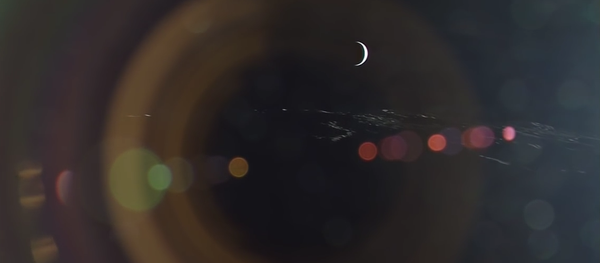Beginning of the 'Super Moon Night'! Here is Soyuz rocket that will launch the next crew to the ISS from Baikonur in 3 days. pic.twitter.com/ECqvobVbvB
— AIRLIVE.net (@airlivenet) 14 ноября 2016 г.
Viewers can expect to see a moon that looks 14-percent larger in diameter and about 30 percent brighter than when full and at it furthest point from the Earth. While this is close, it is not the closest since records began to be kept, as on 1912, our satellite was some 100 kilometers closer than it will be tonight, according to astronomers.
"Any time after sunset should be fine [for the moon gazing]," says NASA's Noah Petro, deputy scientist of the Lunar Reconnaissance Orbiter mission.
"Since the moon is full, it'll rise at nearly the same time as sunset, so I'd suggest that you head outside after sunset, or once it's dark and the moon is a bit higher in the sky. You don't have to stay up all night to see it, unless you really want to."
Supermoon St. Louis from the Compton Hill Water Tower #supermoon #stl Vertical or horizontal? More pix coming at @stltoday & in print Monday pic.twitter.com/iKDPkp6Ztq
— David Carson (@PDPJ) 13 ноября 2016 г.
"The main reason why the orbit of the moon is not a perfect circle is that there are a lot of tidal, or gravitational, forces that are pulling on the moon," Petro explains.
"You have all of these different gravitational forces pulling and pushing on the moon, which gives us opportunities to have these close passes."
The supermoon will cause unusually strong high tides across the globe, followed by extremely low water levels. The Earth's crust is also known to respond to the proximity of the moon, causing many to suggest the possibility of earthquakes.
November #Supermoon from #Lebanon.#fullmoon pic.twitter.com/S7xIKwi8rX
— Sarah Abdallah (@sahouraxo) 14 ноября 2016 г.
The supermoon will reach its perigee, or closest point of approach during this cycle, at November 14, 8:52 AM EST (13:52 GMT). When the moon is this close to Earth, distinctive lunar surface features such as impact craters can be seen with the naked eye.
📷 Amazing shot of the super #Supermoon as seen in Cape Town on Monday evening | Ian Pont pic.twitter.com/qRPBE5gEs3
— Gauteng Weather (@tWeatherSA) 14 ноября 2016 г.





